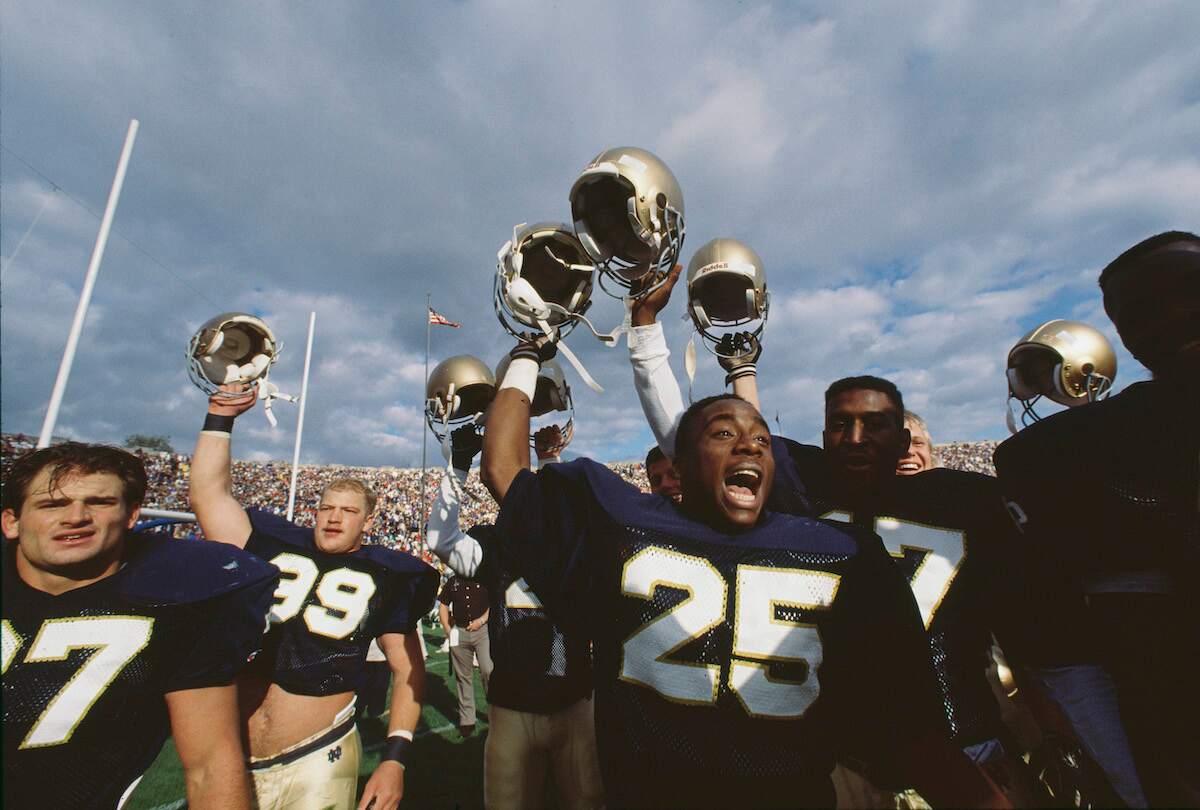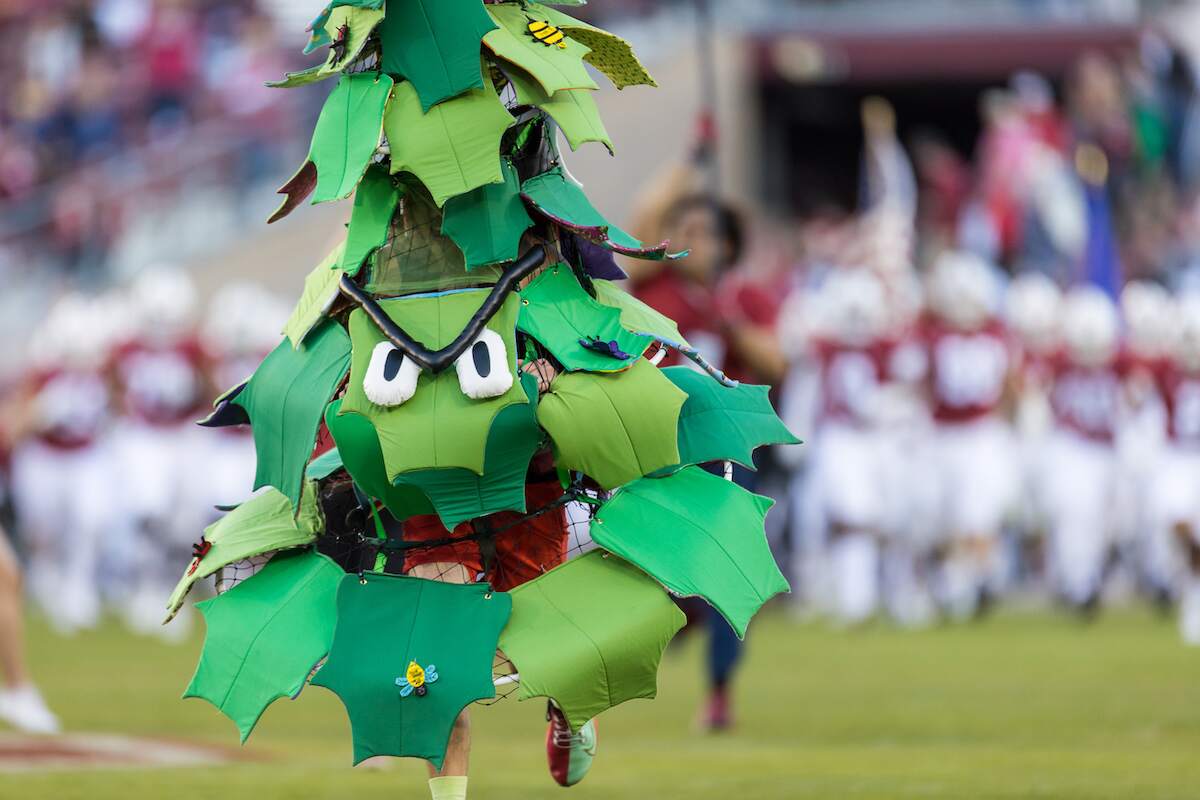
Big Ten Expansion: Where the Oldest Division 1 Athletic Conference Stands in 2023 and Beyond
Americans love college football. The Big Ten conference is one of the best conferences not just for college football but also for other college sports.
The Big Ten is also the oldest D1 college athletic conference. It actually predates the NCAA since the conference was founded in 1896, whereas the NCAA was founded in 1906. Soon, the Big Ten will get even bigger. Here’s a look at what the oldest D1 conference will look like in the near future.
Big Ten expansion
For much of the conference’s history, the Big Ten literally only had 10 schools. In 1990, the conference expanded by one. By 2017, the conference expanded to its current size of 14 full members and two affiliate schools. The college sports world was rocked in 2022 when UCLA and USC announced they were leaving the historic Pac 12 conference and joining the Big Ten in 2024.
This was a major loss for the Pac 12 since UCLA and USC were two of the conference’s most dominant and popular schools. The Pac 12 tried to salvage its situation. But it ultimately failed and most schools in the conference left. Two of them followed UCLA and USC by joining the Big Ten. The reason why the Pac 12 collapsed and why the Big Ten succeeded all came down to money.
College sports is very lucrative, and the Big Ten recently inked a massive, 7-year for $7 billion deal with several major networks. In contrast, the Pac 12 was unable to ink a deal that its members liked, and so those schools left for greener pastures. Since the Big Ten will likely be more popular with its four new members, its media deal may become more lucrative in time.
Big 10 schools
- Minnesota: Joined in 1896 as a founding member
- Northwestern: Joined in 1896 as a founding member
- Illinois: Joined in 1896 as a founding member
- Purdue: Joined in 1896 as a founding member
- Michigan: Joined in 1896 as a founding member, kicked out in 1907, re-joined in 1917
- Wisconsin: Joined in 1896 as a founding member
- Indiana: Joined in 1899
- Iowa: Joined in 1899
- Ohio State: Joined in 1912
- Michigan State: Joined in 1950
- Penn State: Joined in 1990
- Nebraska: Joined in 2011
- Maryland: Joined in 2014
- Rutgers: Joined in 2014
- John Hopkins: Affiliate member, joined in 2014
- Notre Dame: Affiliate member, joined in 2017
- UCLA: Joining in 2024
- USC: Joining in 2024
- Oregon: Joining in 2024
- Washington: Joining in 2024
Big Ten championship
The Big Ten championship game decides the Big Ten champion for the season. The 2023 championship game will be held on December 2 in Indiana. That said, the championship’s format will change in 2024 when the four Pac 12 schools join the conference. The Detroit Free Press wrote about those changes. The big one is called Flex Protect Plus.
Notably, the Big Ten will kill the division’s system. Instead, the Flex Protect Plus scheduling system will take its place. Schools will still play nine conference games and three non-conference games. The two teams with the best conference records will play each other during the Big Ten championship game. What’s different is that some games are “protected” for rivalry reasons.
There are currently 11 protected rivalry games, including a USC vs. UCLA game. More protected games are likely, given that the scheduling is still a work in progress. There’s also the addition of the “two-plays” system. Each team will have three of them, and they’re a two-game series that is held in back-to-back seasons. For example, Michigan will play a game against Maryland in 2024 and in 2025 as part of the two-plays system.

